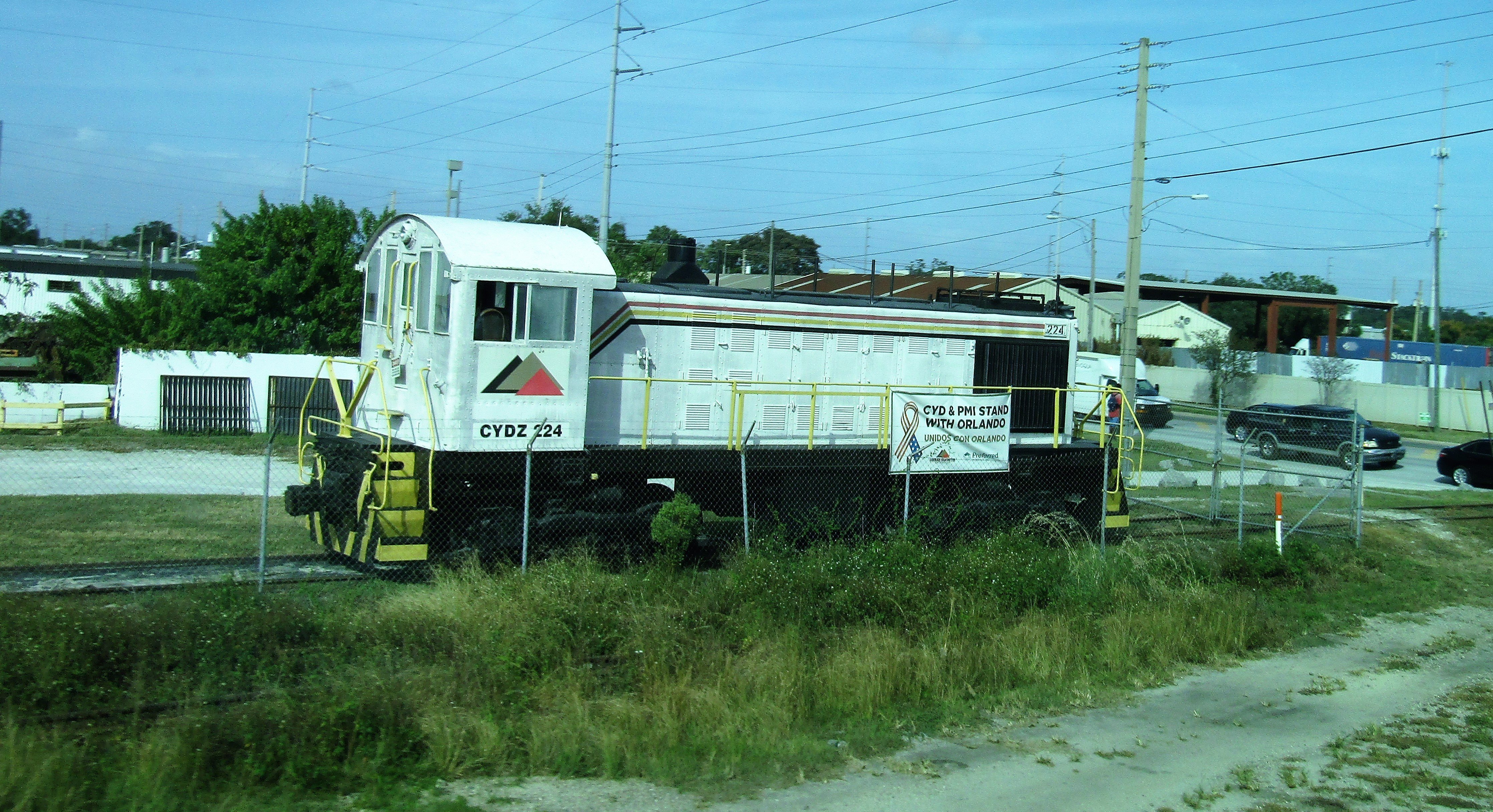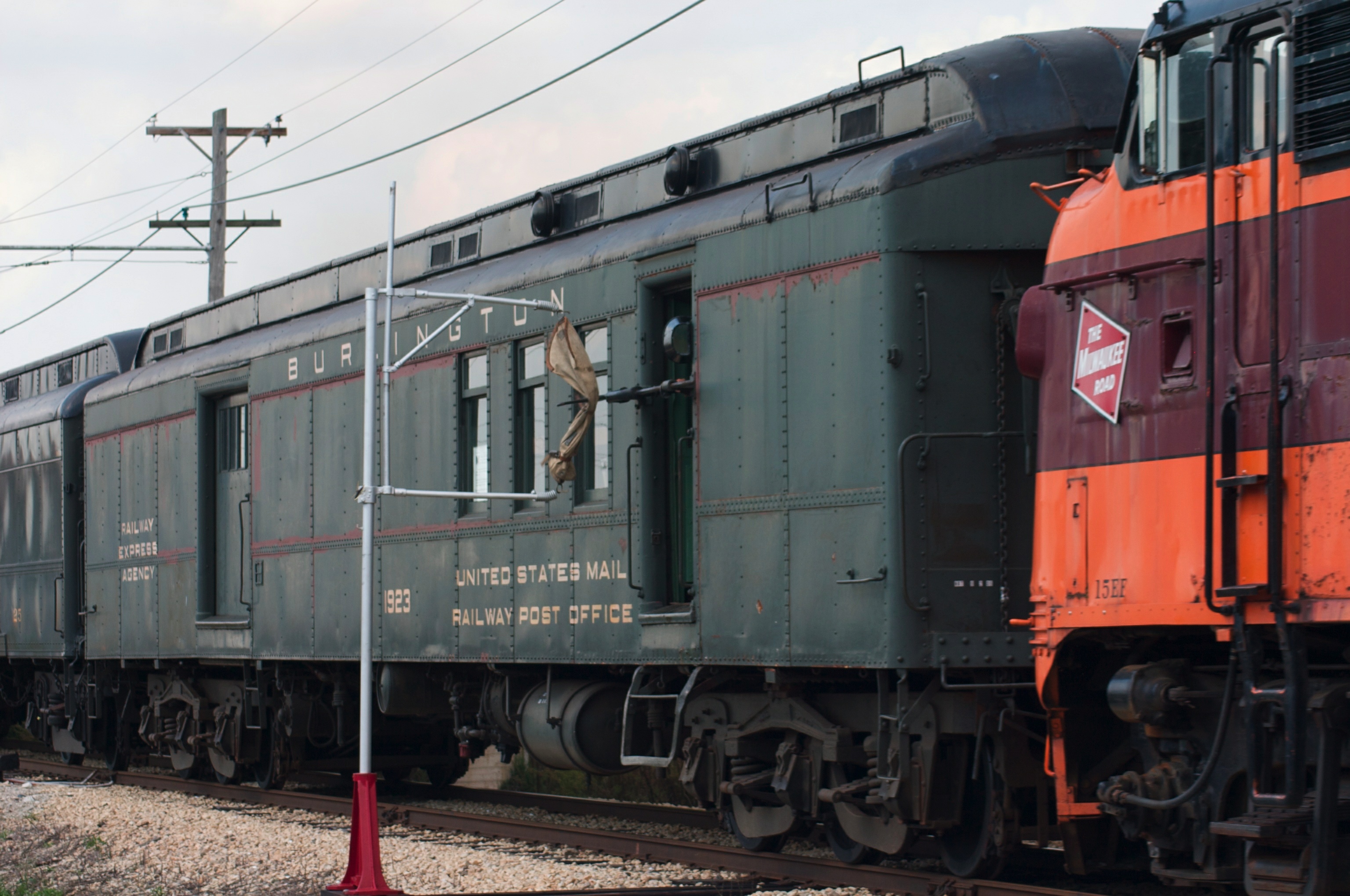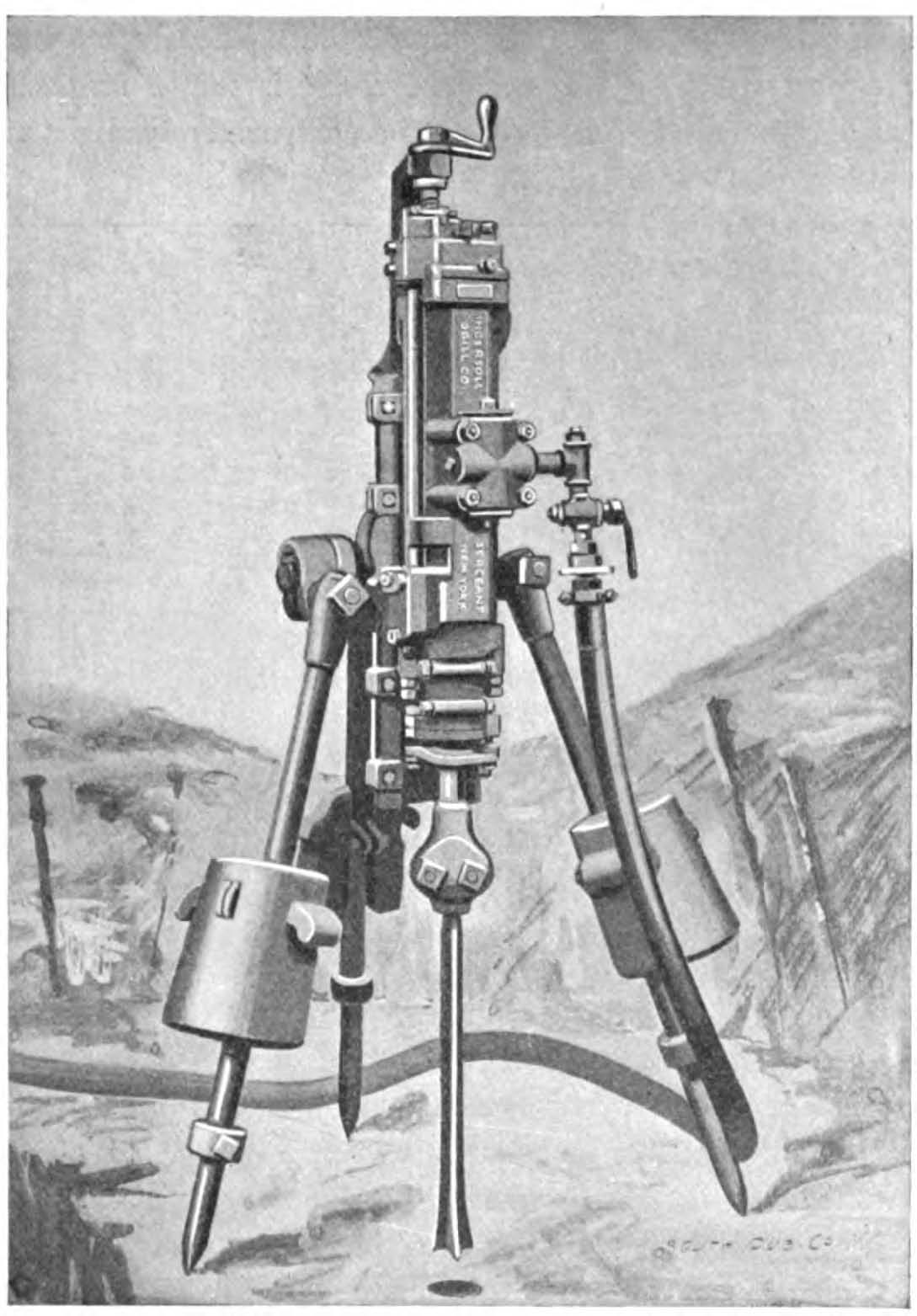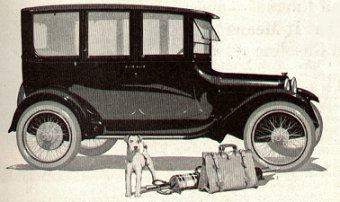|
North Alabama Railroad Museum
The North Alabama Railroad Museum, Inc. is a railroad museum in Chase, Alabama. The museum, incorporated in 1966, is an all volunteer organization. The museum has a collection of rolling stock, a small train station, and a small heritage railroad called the Mercury and Chase Railroad which operates between April and December. The mission of the NARM is to "preserve railroad history in North Alabama and South Central Tennessee." It is run entirely by its 100-plus volunteers. The museum is open to the public daily, volunteers are usually available on Wednesdays and Saturdays. Admission to the museum is free, however there is a charge for riding the trains. A schedule of rides is available at the museum's website. Overview The North Alabama Railroad Museum (NARM) operates a tourist railroad in Chase, Alabama, a community near Huntsville, Alabama. In 1984, as CSX Transportation was retiring the former Nashville, Chattanooga and St. Louis Railway line between Huntsville and Win ... [...More Info...] [...Related Items...] OR: [Wikipedia] [Google] [Baidu] |
ALCO S-2 And S-4
The ALCO S-2 and S-4 were diesel electric switchers produced by ALCO and Canadian licensee Montreal Locomotive Works (MLW). Powered by turbocharged, 6-cylinder ALCO 539 diesel engines, the two locomotives differed mainly in their trucks: the S-2 had ALCO "Blunt" trucks; the S-4, AAR type A switcher trucks. A total of 1,502 S-2s were built from August 1940 to June 1950; 797 S-4s were built from June 1949 to August 1957. The S-4 was first produced in Canada, with ALCO production beginning in June 1949. The S-2 and S-4 were designed as rail yard switchers, meant to replace older, less efficient, and more demanding steam switchers. They were a success, with many remaining in service today. The locomotives' exterior was styled by ALCO engineer Ray Patten, who used curves in a mild application of Art Deco principles. The S-2 and S-4 are distinguishable externally from the very similar S-1 and S-3 660 hp (492 kW) switchers in that they have a larger exhaust stack with an oblong ... [...More Info...] [...Related Items...] OR: [Wikipedia] [Google] [Baidu] |
Alco
The American Locomotive Company (often shortened to ALCO, ALCo or Alco) was an American manufacturer of locomotives, diesel generators, steel, and tanks that operated from 1901 to 1969. The company was formed by the merger of seven smaller locomotive manufacturers and Schenectady Locomotive Engine Manufactory of Schenectady, New York. A subsidiary, American Locomotive Automobile Company, designed and manufactured automobiles under the Alco brand from 1905 to 1913. ALCO also produced nuclear reactors from 1954 to 1962. The company changed its name to Alco Products, Incorporated in 1955. In 1964, the Worthington Corporation acquired the company. The company went out of business in 1969. The ALCO name is currently being used by Fairbanks Morse Engine for their FM, ALCO line. Foundation and early history The company was created in 1901 from the merger of seven smaller locomotive manufacturers with Schenectady Locomotive Engine Manufactory of Schenectady, New York: * Brooks Loco ... [...More Info...] [...Related Items...] OR: [Wikipedia] [Google] [Baidu] |
Caboose
A caboose is a crewed North American railroad car coupled at the end of a freight train. Cabooses provide shelter for crew at the end of a train, who were formerly required in railway switch, switching and Shunting (rail), shunting, keeping a lookout for load shifting, damage to equipment and cargo, and hot box, overheating axles. Originally flatcars fitted with Brakeman's cabin, cabins or modified box cars, they later became purpose-built with projections above or to the sides of the car to allow crew to observe the train from shelter. The caboose also served as the conductor (transportation), conductor's office, and on long routes included sleeping accommodations and cooking facilities. A similar railroad car, the brake van, was used on British and Commonwealth railways (the role has since been replaced by the crew car in Australia). On trains not fitted with Railway brake#Continuous brakes, continuous brakes, brake vans provided a supplementary braking system, and they helpe ... [...More Info...] [...Related Items...] OR: [Wikipedia] [Google] [Baidu] |
Cincinnati, New Orleans And Texas Pacific Railway
The Cincinnati, New Orleans and Texas Pacific Railway (abbreviated: CNO&TP; ) is a railroad that leases the Cincinnati Southern Railway from Cincinnati, Ohio, south to Chattanooga, Tennessee, and sub leases it to the Norfolk Southern Railway system. The physical assets of the road were initially financed by the city of Cincinnati in the 1870s, and are still owned by the city. It is the only such long-distance railway owned by a municipality in the United States. The CNO&TP continues to lease that property and operates one rail line, the Cincinnati Southern Railway, between Cincinnati and Chattanooga. History The line opened completely in 1880, and was financed by the city of Cincinnati. Construction was spurred by a shift of Ohio River shipping, important to the local economy. Fearing the loss of shipping traffic and the local salaries and tax revenue that came with it, the city recognized the need to remain competitive. The Ohio Constitution forbade cities from forming ... [...More Info...] [...Related Items...] OR: [Wikipedia] [Google] [Baidu] |
Railway Post Office
In Canada and the United States, a railway post office, commonly abbreviated as RPO, was a railroad car that was normally operated in passenger service as a means to sort mail en route, in order to speed delivery. The RPO was staffed by highly trained Railway Mail Service postal clerks, and was off-limits to the passengers on the train. In the UK and Ireland, the equivalent term was travelling post office (TPO). From the middle of the 19th century, many American railroads earned substantial revenues through contracts with the U.S. Post Office Department (USPOD) to carry mail aboard high-speed passenger trains; and the Railway Mail Service enforced various standardized designs on RPOs. In fact, a number of companies maintained passenger routes where the financial losses from moving people were more than offset by transporting the mail. History The world's first official carriage of mail by rail was by the United Kingdom's General Post Office in November 1830, using adapted ra ... [...More Info...] [...Related Items...] OR: [Wikipedia] [Google] [Baidu] |
Ingersol-Rand
Ingersoll Rand is an American multinational company that provides flow creation and industrial products. The company was formed in February 2020 through the spinoff of the industrial segment of Ingersoll-Randplc (now known as Trane Technologies) and its merger with Gardner Denver. Its products are sold under more than 40 brands across all major global markets. Based in Davidson, North Carolina, Ingersoll Rand operates in two segments: Industrial Technologies and Services and Precision and Science Technologies. History History of Ingersoll Rand Simon Ingersoll founded Ingersoll Rock Drill Company in 1871 in New York, and in 1888, it combined with Sergeant Drill to form Ingersoll Sergeant Drill Company. The Ingersoll Sergeant Drill Company introduced the world's first direct-connected, electronic motor-driven compressor. Also in 1871, brothers Addison Rand and Jasper Rand, Jr. established Rand Drill Company with its main manufacturing plant in Tarrytown, New York. Rand drills ... [...More Info...] [...Related Items...] OR: [Wikipedia] [Google] [Baidu] |
ALCO Boxcab
The ALCO boxcabs were diesel-electric switcher locomotives, otherwise known as AGEIR boxcabs as a contraction of the names of the builders. Produced by a partnership of three companies, ALCO (American Locomotive Company) built the chassis and running gear, General Electric the generator, motors and controls, and Ingersoll Rand the diesel engine. The principle of operation was the same as modern locomotives, the diesel engine driving a main generator of 600 volts DC with four traction motors, one per axle. There were three models, the 60-Ton with a six-cylinder four-stroke in-line engine of of which twenty were produced, a 66-Ton of which six were produced, and the 100-Ton with two of the same engines of which seven were produced. A total of 33 units were produced between 1925 and 1928. These were the first commercially successful production diesel-electric locomotives. ALCO dropped out of the arrangement in 1928, acquired their own diesel engine manufacturer in McIntosh & S ... [...More Info...] [...Related Items...] OR: [Wikipedia] [Google] [Baidu] |
Pullman Company
The Pullman Company, founded by George Pullman, was a manufacturer of railroad cars in the mid-to-late 19th century through the first half of the 20th century, during the boom of railroads in the United States. Through rapid late-19th century development of mass production and takeover of rivals, the company developed a virtual monopoly on production and ownership of sleeper cars. During a severe economic downturn, the 1894 Pullman Strike by company workers proved a transforming moment in American labor history. At the company's peak in the early 20th century, its cars accommodated 26 million people a year, and it in effect operated "the largest hotel in the world". Its production workers initially lived in a planned worker community (or " company town") named Pullman, Chicago. Pullman developed the sleeping car, which carried his name into the 1980s. Pullman did not just manufacture the cars, it also operated them on most of the railroads in the United States, paying ... [...More Info...] [...Related Items...] OR: [Wikipedia] [Google] [Baidu] |
American Car And Foundry Company
ACF Industries, originally the American Car and Foundry Company (abbreviated as ACF), is an American manufacturer of railroad rolling stock. One of its subsidiaries was once (1925–54) a manufacturer of motor coaches and trolley coaches under the brand names of (first) ACF and (later) ACF-Brill. Today, the company is known as ACF Industries LLC and is based in St. Charles, Missouri. It is owned by investor Carl Icahn. History The American Car and Foundry Company was originally formed and incorporated in New Jersey in 1899 as a result of the merger of thirteen smaller railroad car manufacturers. The company was made up of: Later in 1899, ACF acquired the Bloomsburg Car Manufacturing Company of Bloomsburg, Pennsylvania. Orders for new freight cars were made very quickly, with several hundred cars ordered in the first year alone. Two years later, ACF acquired the Jackson and Sharp Company (founded 1863 in Wilmington, Delaware) and the Common Sense Bolster Company (of Chic ... [...More Info...] [...Related Items...] OR: [Wikipedia] [Google] [Baidu] |
Budd Company
The Budd Company was a 20th-century metal fabricator, a major supplier of body components to the automobile industry, and a manufacturer of stainless steel passenger rail cars, airframes, missile and space vehicles, and various defense products. Budd was founded in 1912 in Philadelphia by Edward G. Budd, whose fame came from his development of the first all-steel automobile bodies in 1913, and his company's invention of the " shotweld" technique for joining pieces of stainless steel without damaging its anti-corrosion properties in the 1930s. Budd Company became part of Budd Thyssen in 1978, and in 1999 a part of ThyssenKrupp Budd. Body and chassis operations were sold to Martinrea International in 2006. No longer an operating company, Budd filed for bankruptcy in 2014. It currently exists to provide benefits to its retirees. Automobiles Edward G Budd developed the first all-steel automobile bodies. His first major supporters were the Dodge brothers. Following discussions ... [...More Info...] [...Related Items...] OR: [Wikipedia] [Google] [Baidu] |
Atchison, Topeka And Santa Fe Railway
The Atchison, Topeka and Santa Fe Railway , often referred to as the Santa Fe or AT&SF, was one of the larger railroads in the United States. The railroad was chartered in February 1859 to serve the cities of Atchison, Kansas, Atchison and Topeka, Kansas, and Santa Fe, New Mexico. The railroad reached the Kansas–Colorado border in 1873 and Pueblo, Colorado, in 1876. To create a demand for its services, the railroad set up real estate offices and sold farmland from the land grants that it was awarded by United States Congress, Congress. Despite being chartered to serve the city, the railroad chose to bypass Santa Fe, due to the engineering challenges of the mountainous terrain. Eventually Santa Fe Southern Railway, a branch line from Lamy, New Mexico, brought the Santa Fe railroad to its namesake city. The Santa Fe was a pioneer in intermodal freight transport; at various times, it operated an airline, the short-lived Santa Fe Skyway, and the fleet of Santa Fe Railroad Tugboa ... [...More Info...] [...Related Items...] OR: [Wikipedia] [Google] [Baidu] |
Trans-Iranian Railway
The Trans-Iranian Railway ( fa, راهآهن سراسری ایران) was a major railway building project started in Pahlavi Iran in 1927 and completed in 1938, under the direction of the then-Iranian monarch Reza Shah. It was entirely built with indigenous capital, and links the capital Tehran with Bandar Shahpur (now: Bandar-e Emam Khomeyni) on the Persian Gulf in the south and Bandar Shah (now: Bandar Torkaman) on the Caspian Sea in the north, via Ahvaz and Ghom. In 1961, under Reza Shah's son Mohammad Reza Pahlavi, it was extended from Bandar Shah to a new terminus in Gorgan. During the land reforms of Mohammad Reza Pahlavi in 1963, as part of the "White Revolution", the Trans-Iranian railway was extended to link Tehran to Mashhad, Tabriz and Isfahan. The original 1938 Bandar Shahpur-to-Bandar Shah route was designated as a UNESCO World Heritage Site in July 2021. Before World War I: the Russian scheme The idea of a railway connecting the Russian Empire and British Indi ... [...More Info...] [...Related Items...] OR: [Wikipedia] [Google] [Baidu] |









